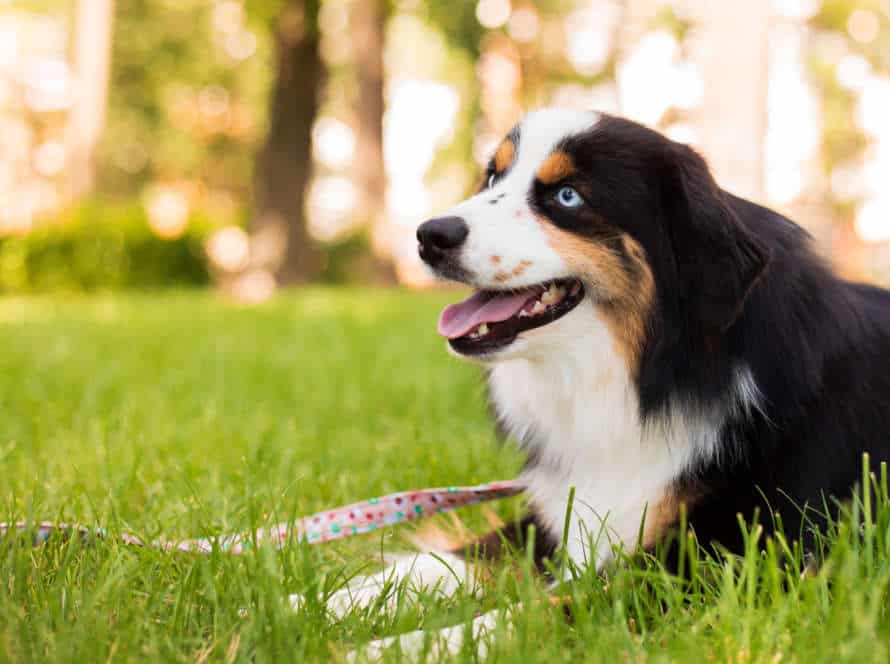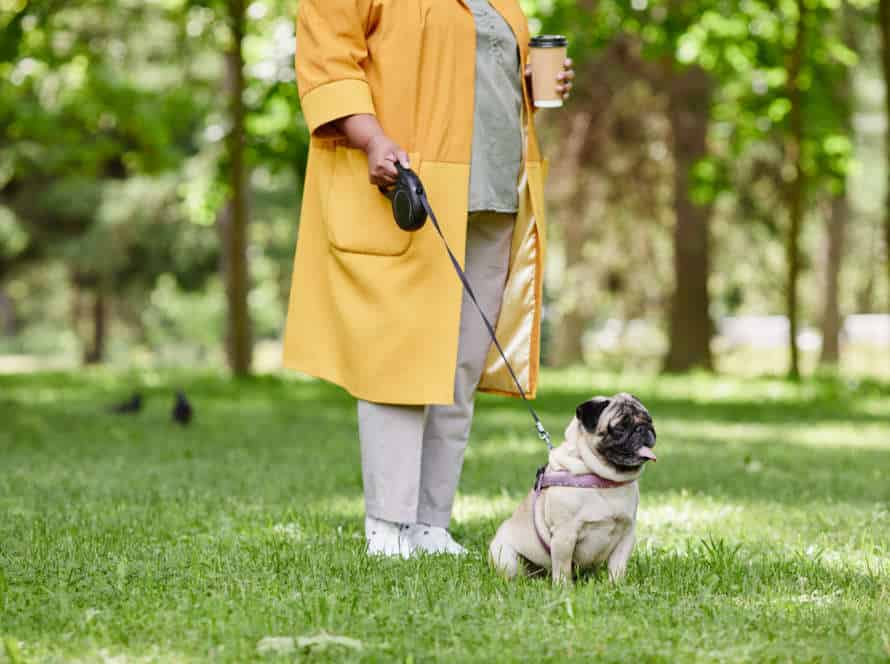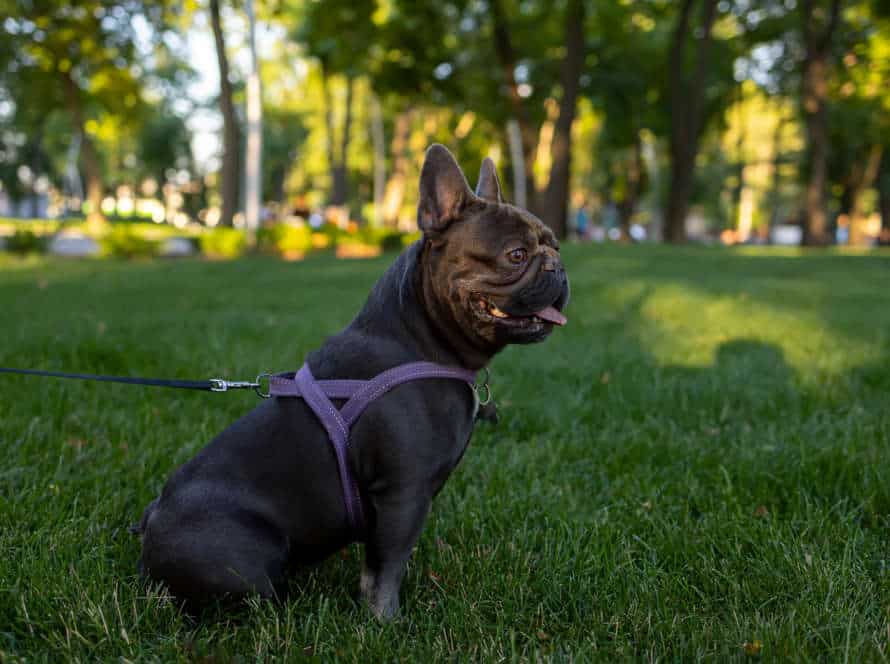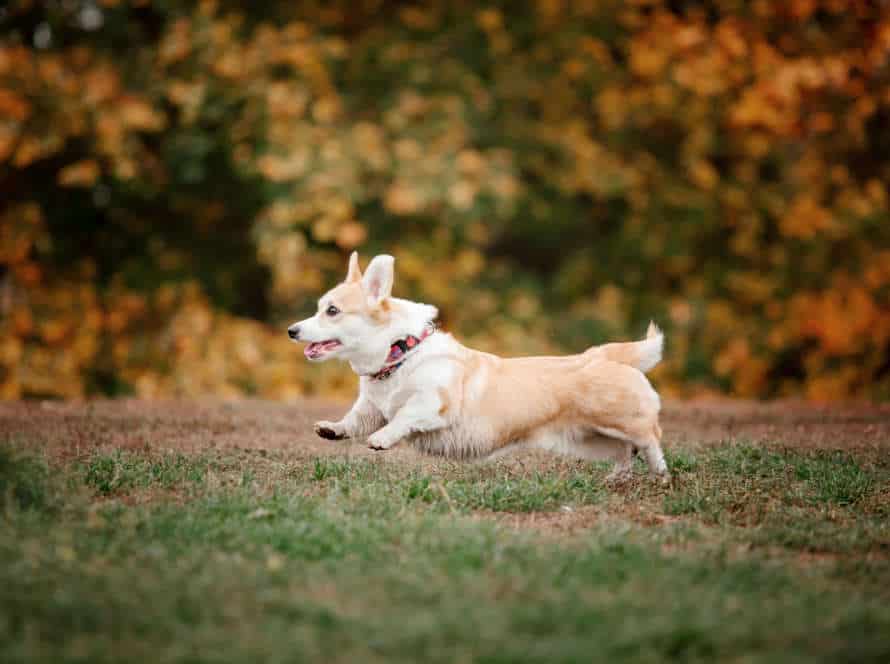The Benefits of Crate Training in House Training Success
Crate training is great for house training pets. It has many advantages for both pet and owner. Here are a few to consider:
- Better bladder and bowel control. When kept in a crate, pets won’t have accidents inside.
- A safe space. Pets can relax and feel secure in the crate.
- Less destructive behavior. Pets won’t chew or scratch furniture when in their crate.
- Easier travel. Pets that are crate trained find it easier to be transported.
Remember: Choose a crate that fits your pet. That way, it will be comfy and house training will be more successful.
The Basics of Crate Training
Crate training is a great way to teach pups and doggos! It takes advantage of their habit-forming nature, and their natural desire to keep their space clean. Give your pup a crate and it’ll be their very own area! This guide will show you the benefits of crate training, and how to get started.
Understanding Crate Training in Housebreaking
Crate training is a great way to housebreak puppies and adult dogs! It teaches your pup to think of their crate as a safe and comfy spot. Here’s the basics:
- Choose the right size crate. It should be big enough for them to stand and turn around, but not so big that they can make a mess and get away with it!
- Introduce your dog to the crate slowly, using treats and positive reinforcement.
- Increase their time in the crate gradually, starting with short periods and moving up to longer ones.
Crate training brings lots of benefits – like helping with housebreaking, creating a secure space, and aiding in vet visits and travel. Remember, never use crate training as a punishment. Make sure your pup always has access to food, water, and exercise.
Choosing the Right Crate
Choosing the right crate is essential for successful crate training. Too big or too small can cause behavioral issues and discomfort for your pup. Here are some tips to help you choose the ideal crate for your pup:
- Size: It should be big enough for your pup to stand, turn and lie down. Not too big that poo and bed are in the same spot.
- Material: High-quality and strong materials are best. These can resist chewing, scratching, and destructive behaviors.
- Style: Pick one that fits your pup’s size, temperament, and behavior. Wire crates are great for visibility, while plastic crates are best for anxious pups who need more privacy.
- Safety: Make sure it has no sharp edges or loose parts. Also, ensure it is well-ventilated and your pup can see and hear what is going on around them.
Follow these tips and you can pick the perfect crate for your pup. Plus, it’ll make crate training easier and more successful.
Pro tip: Don’t use it as a punishment. The crate should be a safe and comfortable space, not a place to be confined or alone.
Introducing the Crate to Your Dog
Introducing a crate to your pup is a must-do for crate training. It has loads of advantages for house training success. Here’s the scoop on crate training and the perks of using a crate:
Pick the right size crate. It should be large enough for your dog to move around, but not too big that they can pee and sleep in different areas.
Introduce the crate gradually. Let your dog explore it at their own pace by putting treats or toys inside.
Use positive reinforcement. Reward your dog whenever they enter the crate on their own, or stay inside quietly.
Benefits of using a crate:
- Prevents accidents and bad behavior in the house.
- Provides a safe and comfy place for your dog to nap.
- Makes traveling with your pup easier.
Pro Tip: Never use the crate to punish your dog, and don’t leave them in there for more than a few hours.
Benefits of Crate Training
Crate training has many advantages when it comes to house training. It offers a secure atmosphere for your pup. This can help with house training success.
You can also have better control of your dog when you’re away from home. The crate prevents destructive behavior due to boredom or anxiousness. Plus, crate training speeds up the house training process. It gives consistency and structure for your pup.
Now, let’s look at more benefits!
Helps with Potty Training
Crate training is a great help for potty training your pup. It gives them a comfy, safe zone and helps prevent messes in the house. Here are some advantages of crate training for potty training:
- Limits access to the home – A crate makes it easy to monitor your dog and avoid accidents.
- Promotes bladder control – Since dogs don’t like pooping where they sleep, they will hold their pee until they’re taken outside to do their business.
- Creates a routine – Crate training helps form a potty break routine.
Remember: Crate training is never for punishment. Make sure your dog has enough space to stand and move around easily in the crate!
Prevents Destructive Behaviors
Crate training can be vital in preventing destructive behaviors in dogs, notably during the house training process. It gives them a secure and comfy area of their own, and protects your home from harm. Here are some benefits to crate training in avoiding destructive behaviors:
- It stops chewing and destructive chewing.
- Limits your pup’s access to the house, lowering chances of accidents.
- Teaches your pup to manage their bladder and bowel movements, limiting indoor potty accidents.
- Reduces separation anxiety and stops your dog from engaging in destructive behavior when left alone.
It’s essential to ensure the crate is the right size and comfortable for your dog, to prevent unwanted behaviors during the training process. Pro Tip: Make sure the crate is in a common area of your home, so your pup doesn’t feel isolated.
Gives Your Dog A Safe and Comfortable Space
Crate training is a great way to house train your pup and give them a secure spot to call their own.
Benefits include:
- House Training Success. Crate training can help your pup learn how to control their bladder and bowel, reduce accidents, and stop destructive behavior when you’re not home.
- Safe and Comfortable Space. Dogs are den animals and having a crate as their own spot can give them a sense of security and ease anxiety.
- Travel Convenience. Crate-trained pooches are easier to take with you when you’re away, since they have a familiar space.
- Injury Prevention. Crating your pup stops them from hurting themselves or getting into dangerous situation while unsupervised.
Remember to use positive training techniques when crate training, for your pup’s comfort and safety.
Duration of Crate Training
Crate train your pup- it’s effective! The main idea is to make a small, secure spot for them to relax in. How long you crate train is important for success. Knowing this concept helps you get a good house-training experience for your furry friend.
Guidelines for Leaving Your Puppy in a Crate
Crate training is a great way to housebreak your pup. It’s key to follow the right rules for it to work.
The length of crate training depends on your pup’s age, breed, and behavior. Here’re a few tips:
- Start with short time-frames, then increase them gradually.
- Give them comfy bedding and toys to keep them occupied and relaxed.
- Reward them with treats and compliments when they enter the crate by themselves.
- Never use the crate as punishment or push them into it.
- Make sure they have water and enough playtime during the day.
Crate training has many advantages for housebreaking, like stopping destructive behavior and giving a safe place to rest. But be patient, every pup is different, and the training approach might differ.
Puppies vs Adult Dogs
Crate training offers great benefits for training puppies and adult dogs alike. Puppies can start as young as 8 weeks and this training can last up to 6 months, depending on size, breed and temperament. Crate training teaches pups bladder and bowel control, encourages good behaviour and provides a safe and comfortable place for rest and sleep.
Adult dogs may need crate training due to behavioural or medical issues, and this can last from a few days to many weeks, depending on the dog’s age and background. Crate training can help adult dogs learn new rules and routines, plus strengthen the bond between you and your pooch. So, whatever your dog’s age, crate training can make house training a success!
Gradually Increasing Time
Crate training is essential for house training your pup. Here’s why and how to increase the time spent in the crate:
Benefits:
- Provides a safe, comfortable space.
- Reduces anxiety.
- Teaches bladder and bowel control.
Increasing Crate Time:
- Start slow – 5-10 mins and build up to an hour (or more).
- Add distractions – toys, treats, bed.
Positive Reinforcement:
- Praise and reward when they enter or leave voluntarily.
Pro Tip: Takes patience but worth it for you and your pup!
Tips and Tricks for Crate Training Success
Crate training is a popular approach for house training dogs. It helps your pup to think of their crate as a safe, cozy spot. Plus, it helps limit your pup’s access to certain parts of the home.
Here are some tips for successful crate training:
Feeding in the Crate
Feeding your dog in its crate? Essential. It has lots of advantages for house training. Here are some tips:
- Associate the crate with positives – like food or treats.
- Move their bowl closer to the crate, until it’s inside.
- Let them explore and eat in peace, with the door open.
- Once they’re comfortable, try closing the door briefly.
Crate training is great. It sets up a routine, cuts down on accidents and relieves separation anxiety. Making life easier for your pup!
Toys and Treats in the Crate
Incorporating toys and treats into crate training can improve success for house training your furry friend. Here are the benefits:
- Positive link: Provide toys and treats while in the crate to make it a more inviting space.
- Distraction: These can help your pup feel less anxious and reduce stress.
- Reinforce: Offer rewards for going into the crate or staying quiet while inside.
- Mental stimulation: Toys like puzzle toys or chew toys can keep your pup occupied.
Toys and treats during crate training can make the transition easier and lead to success in house-training.
Avoiding Negative Association
Negative feelings can be a bummer for crate training. But, here are some tricks to help have a good time and make it successful!
- Introduce your pup to the crate slowly. Let them explore it on their own.
- Make it comfy with bedding and toys.
- Don’t force them in and don’t use it as punishment.
- Reward good behavior with treats and praise.
- Gradually increase the amount of time they stay in the crate. Start with short periods and go up from there.
- Be patient and consistent.
- Crate training is great for house training and giving your pup a safe spot to chill.
Pro Tip: Crate training can take time and patience. With the right plan, it can help with house training and your pup’s happiness!
Alternatives to Crate Training
Crate training is a great way to house train your pup. However, there are also other alternatives which could be just as effective, or even more so! Let’s explore a few of these options for achieving house training success.
Playpen Training
Playpen training is a good choice instead of crate training. It helps house train pups and adults. Unlike crating, where your pup is stuck in a small space, playpen training gives them more room to move. Here are the many benefits:
- They have enough room to play, eat, sleep and exercise in a safe place.
- It lets your pup socialize with family and other animals, avoiding loneliness and anxiety.
- Playpen training stops destructive behavior, since your pup has their own area to stay entertained without chewing furniture or shoes.
- It’s a positive and comfy place for them to relax and feel safe.
Crate training has advantages, but playpen training is better if you want to give your pup more space while still keeping them secure.
Puppy-Proofing a Room
Crate training not your style? Puppy-proofing a room is an awesome alternative to keep your pup safe and out of trouble. Here are some tips:
- Remove hazardous items like chemicals, plants, and small objects that your pup can swallow.
- Cover power outlets and cables to stop chewing.
- Put away items that your pup might knock over or chew.
- Block dangerous spots like stairs or balconies.
- Provide enough space and toys to keep your pup happy and entertained.
- Remember that crate training has its benefits for house training, like potty training, preventing destructive behavior, and giving your pup a safe and comfy space.
Pro Tip: Whether you pick crate training or puppy-proofing a room, always watch your pup and reward good behavior.
Hiring a Dog Sitter or Daycare Service
Hiring a dog sitter or daycare service is a great option for pet owners who are away for a long time. Dogs love human interaction and can get anxious if left alone.
A dog sitter or daycare allows them to socialize and reduce stress. Crate training is also effective. It helps with house training and gives the dog a cozy place to stay. Combining crate training with a sitter or daycare can give your pet a balanced life.
Pro tip: Before hiring a dog sitter, do research to make sure they are reputable and have experience with dogs.
Frequently Asked Questions
Q: What is crate training?
A: Crate training involves teaching your dog to enjoy spending time in a crate or kennel. It can be used for house training, as well as for keeping your dog safe and comfortable while traveling or during other situations.
Q: Why is crate training beneficial for house training success?
A: Crate training helps establish a routine for your dog, making it easier to predict when they need to go outside. It also teaches your dog to hold their bladder and not eliminate in their designated living space.
Q: Are there any other benefits to crate training beyond house training?
A: Yes, crate training can also provide your dog with a safe and comforting space to retreat to when they need some alone time or to feel secure during loud or stressful situations.
Q: How do I get started with crate training?
A: Start by introducing your dog to the crate gradually, allowing them to explore and get comfortable with it. Use positive reinforcement, such as treats and praise, to make the experience enjoyable for your dog.
Q: How long should I leave my dog in the crate?
A: The length of time your dog can safely and comfortably stay in their crate will depend on their age, size, and specific needs. As a general rule, adult dogs should not be left in their crate for longer than 4-6 hours at a time.
Q: Can crate training be harmful to my dog?
A: Crate training done correctly is not harmful to your dog. However, leaving your dog in a crate for prolonged periods of time without proper exercise or socialization can be detrimental to their physical and mental health.







